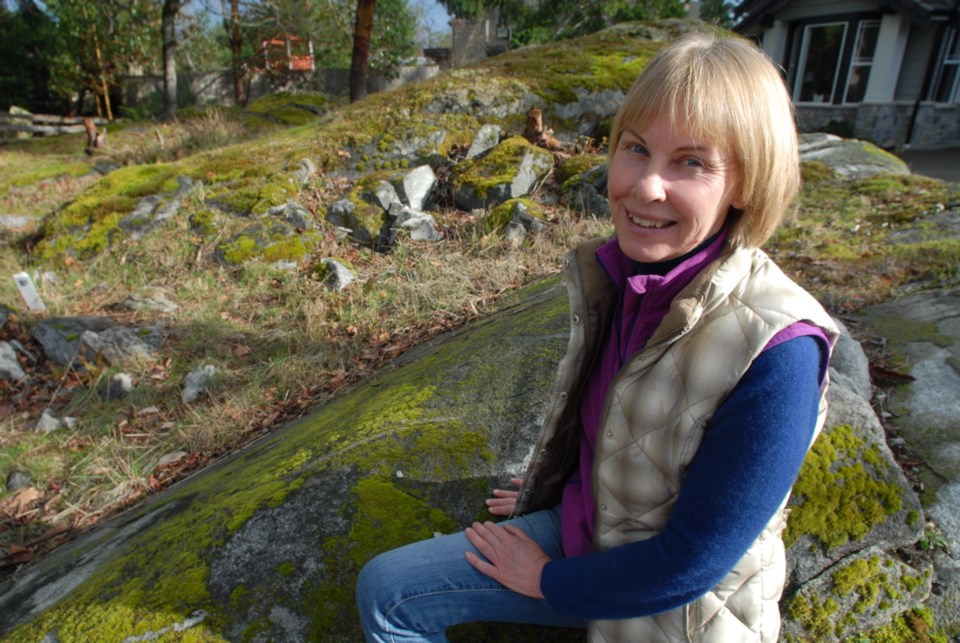The Nanoose Bay descendant of the family of King Richard III is glad the remains of her 500-year-old ancestor will stay in the English Midlands city in which they were found.
The king was from Yorkshire but his body was found in an excavated parking lot in Leicester, not far from where he was killed during the Battle of Bosworth Field in 1485.
Last week, the University of Leicester announced it had positively matched DNA from the skeleton with a Canadian family genealogically linked to the king’s sister, Anne of York. That sparked two separate petitions: one to keep the body in Leicester, and one to return the remains to York.
Researchers used DNA from the late British expatriate, Joy Ibsen of London, Ont., to identify the body, which was found on land believed to be former site of Greyfriars Church.
On Thursday, the Chapter of York issued a statement ceding claim to the body to Leicester. Its website said it supports the Chapter of Leicester’s wish to reinter Richard in Leicester Cathedral.
When that happen early next year, Nanoose Bay’s Leslie Ibsen plans to be there. The DNA of her mother, Joy, helped identify the king’s body, making her a direct descendent of the royal family.
“I’m happy,” Ibsen said. “The Battle of Bosworth was outside Leicester. He was buried in Leicester, under Greyfriars Church.”
A statement on the Chapter of York website acknowledges the “strong feeling of some people in York and Yorkshire that Richard III is significant to the history of the County and that therefore his body ought to be returned,” but said the church will not claim ownership of the body.
“It was Leicester Franciscans who gave him burial, and the cathedral has a major memorial to his memory at its heart. When the possibility of an excavation of the Greyfriars site began, it was agreed from the start that any remains found would be reinterred in Leicester.”
Ibsen expressed similar thoughts. “I understand he had big ties to York, but really, if he had been found in the middle of nowhere that would be one thing, but it was Greyfriars Church,” she said.
“And it was the University of Leicester that was involved, and that was fair.”
The king’s death ended the War of the Roses between the houses of York and Lancaster. For several days, it seemed the discovery of his body would spark another conflict.
“I’m happy it was settled without the war of the two towns,” said Ibsen, laughing.
The discovery has also resulted in new recognition for Ibsen among her friends. “I get curtsied now, when I walk down the street.”



